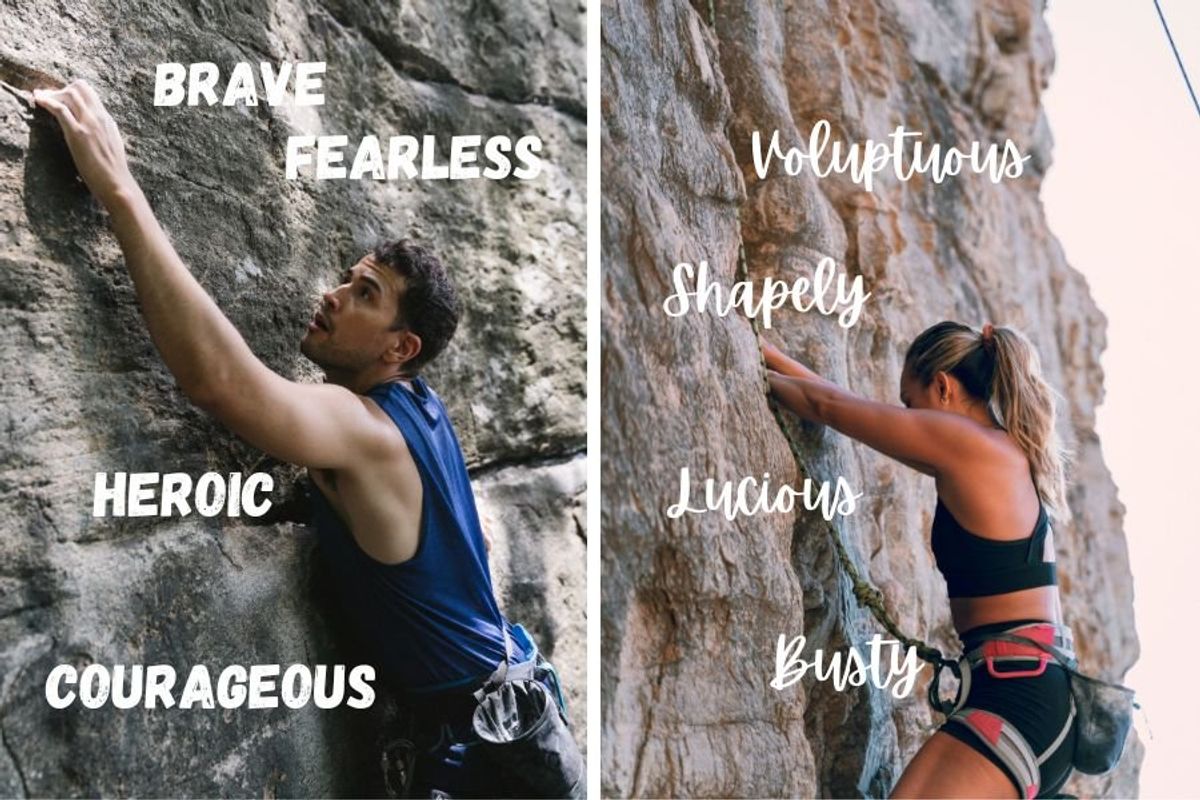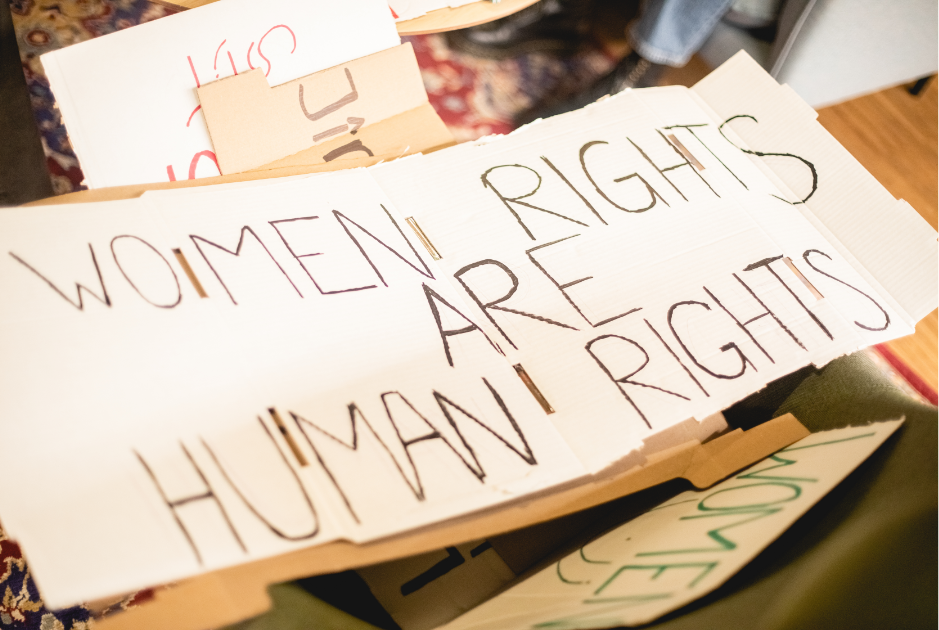Woman's video exposes the shockingly different ways Google describes 'manly' and 'womanly'
Yes, this is what Google really says.

Women petition Google to change results for 'womanly' synonyms
Many times biases are an unconscious thing which can be partially formed due to media and algorithm exposure. Since people are the ones in charge of creating media and algorithm codes, their own biases creep in unintentionally. Carmen Mejia recently posted a video exposing a pretty blatant bias on Google.
The content creator shared a skit to Instagram where she switches between playing the role of the mom, son and daughter. In the beginning of the skit, the boy goes to his mom and asks what it means to be "manly." Mejia asks Google and is immediately met with an encouraging list of synonyms to describe what it means to be manly.
Words like brave, strong, and adventurous came up right away, but the same wasn't true when she asked Google to describe "womanly." This time the search engine returned a list of words that described physical attributes like, curvaceous, voluptuous, busty and thick. It was painfully obvious that gender based bias had made its way into the search engine's algorithm and women in the comments were having none of that.
People began leaving comments on Mejia's video revealing that after her video they went to Google to report the list. When reporting content to the search engine, they give you an option to include a feedback note, which is where the frustrated women vented their concerns.
"I reported the words and sent a comment, i know it's not much but if we all do this, maybe it'll change," one person writes.
"I just googled it. There is not one physical characteristic described under the 'manly' synonyms, while there is not one NON-physical characteristic under the 'womanly' synonyms. This is really sad," another wrote.
Mejia tells Upworthy how the idea came about, "I actually saw a screenshot of the two lists floating around the internet and figured more people need to see it. I created this video to spread awareness around the topic and to hopefully inspire change. As well as build a sense of community amongst women who face the same challenges everyday, it’s not a favorable situation…but it’s always nice to know that you’re not alone."
Inspiring change is not only what it did, the video actually created change thanks to all the reporting women did. It was something that was completely unexpected by Mejia.
In the comments of her post, Mejia updated her followers just days later revealing that Google took it all down. According to another commenters, the synonyms for manly still shows up but the ones for womanly are completely gone. This change is only effective on Google, Oxford and other thesaurus cites probably have a much longer process to review and remove problematic content. No worries though, the ladies in the comments are still tagging and writing the dictionary and thesaurus powers that be to get an updated list not focused on women's bodies.
Meijia explains, "Although my intention was to inspire change, i did not expect it to receive the amount of petitioning it did. So many women were tagging Google and Oxford and mentioning how they left feedback straight away.It was such a powerful thing to see."





 What was I doing again?
What was I doing again? A space waitress at work.
A space waitress at work.  Waking Up Funeral GIF
Waking Up Funeral GIF Rihanna Nails GIF
Rihanna Nails GIF Yoga pants.Image via Canva.
Yoga pants.Image via Canva. Our natural lashes are nice just the way they are!
Our natural lashes are nice just the way they are! One step forward, many steps back. Image via Canva.
One step forward, many steps back. Image via Canva.  Homelessness is especially rampant on the West Coast.Image via Canva
Homelessness is especially rampant on the West Coast.Image via Canva